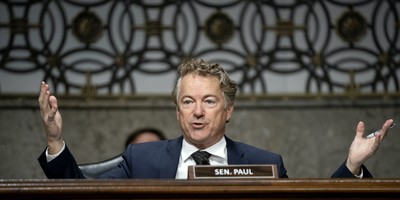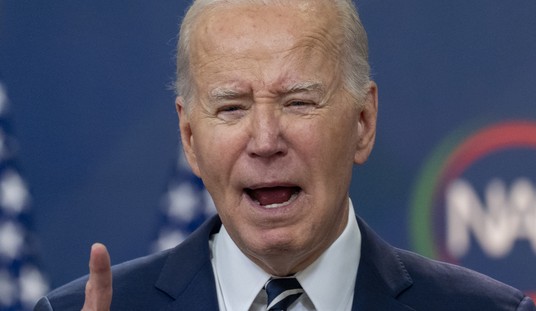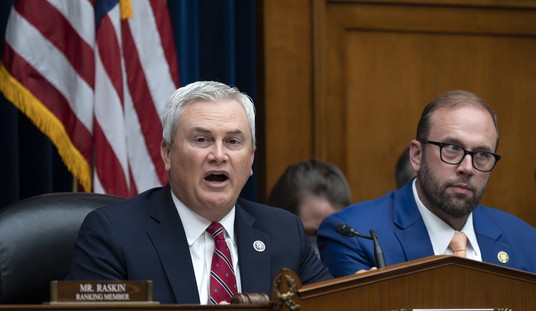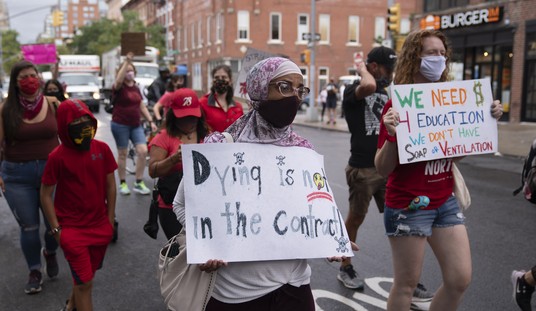There are moments that bring us together as Americans, moments when we can all recall exactly where we were and what we were doing.
9/11. The explosion of the space shuttle Challenger. And, of course, the assassination of John F. Kennedy.
I was substitute teaching in a west Philadelphia high school on Nov. 22, 1963. An assistant principal told me the news during class, and I was to pass it on to the students. To say we were all shocked would be an understatement. Such an act was unthinkable.
This Friday marks the 50th anniversary of that dark day, and the tributes to the 35th president are well underway. The images of the youngest man elected president being cut down as he waves to throngs of well-wishers still haunt our collective memory.
But this November brings not only the assassination’s anniversary, but a fresh, minute-by-minute account of the killing and its aftermath called End of Days.
Many new books focusing on the assassination have come out recently (Bill O’Reilly’s Killing Kennedy is one of the best), but in End of Days, award-winning author James Swanson provides a complete, single-volume explanation of virtually everything that happened in Dallas that day, and everywhere else in the weeks and months ahead.
Swanson is the ideal author to take up the task, as he ably showed a few years ago in his bestsellingManhunt: The 12-Day Chase for Lincoln’s Killer. This time he has the complete story of another presidential assassination, and while conspiracy theories will probably always sprout like weeds, he convincingly argues that Lee Harvey Oswald acted alone.
Recommended
Have you heard that no individual could have made a shot from that distance? “The president was less than 100 yards away,” Swanson explains. The former Marine had been trained “to shoot at targets with fixed, iron sights -- without the aid of a telescopic sight -- at distances of two hundred, four hundred, and even six hundred yards.”
Reporters riding in the presidential convoy could see Oswald and his rifle in the window of the Texas School Book Depository, where Oswald worked. He had ample time to take three shots at the president’s slow-moving limo.
President Kennedy, Swanson reminds us, wasn’t Oswald’s first attempted sniping. Less than a year earlier, Oswald attempted to kill Maj. Gen. Edwin A. Walker. He missed by about an inch because his shot nicked a window frame, a mistake he wouldn’t make the next time. Oswald, who had defected to Russia after his military service and had brought his wife back with him, was clearly a cold-blooded killer looking for a high-profile target.
And Kennedy wasn’t the only person Oswald murdered that day. Shortly after the assassination, he shot Dallas police officer J.D. Tippit, who had stopped Oswald for questioning. And when the police captured Oswald, “he actually seemed to enjoy the attention as he toyed with the Dallas Police, FBI, and Secret Service interrogators. Oswald insisted he was innocent,” Swanson writes. The assassin went so far as to claim he didn’t even own a rifle.
Swanson also covers the controversial aftermath of the killing. Oswald’s non-existent escape plan. His merciless killing of Tippit. Oswald’s questioning by police, and his own murder at the hands of Jack Ruby.
He also brings an era to life with a vivid depiction of the viewing and funeral. We witness the reaction of Kennedy’s widow and his surviving brothers. We relive the way Americans lined up for miles in the cold to pay their respects. We read Jackie Kennedy’s hand-written letter to Lyndon Johnson.
Swanson’s book reminds us that history sometimes turns on individual decisions. From Gavrilo Princip deciding to shoot Franz Ferdinand in 1914, to John Wilkes Booth gunning down Abraham Lincoln in Ford’s Theater in 1865, it really is as simple as one man deciding to kill another.
While he was being questioned, Oswald predicted that people would forget Kennedy within days. He couldn’t have been more wrong. We still remember 50 years on, and -- thanks to books like End of Days -- it’s a good bet we always will.
























Join the conversation as a VIP Member